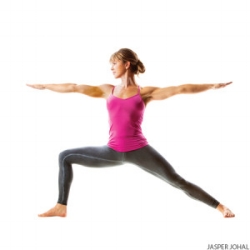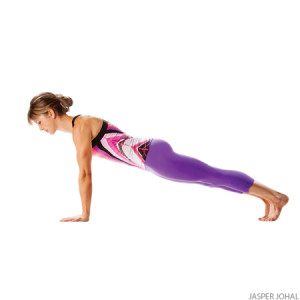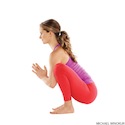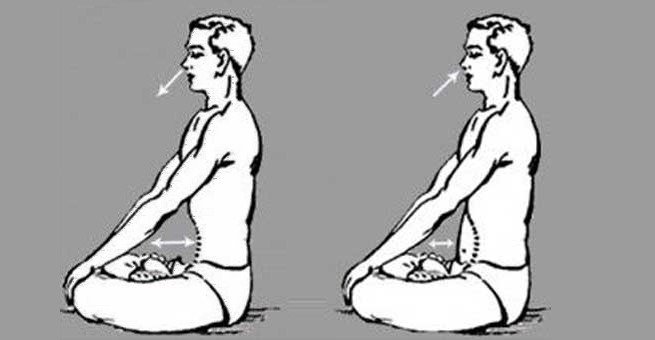Daffodils, tulips, and hyacinth are popping up in backyards, street beds and random corners of neighborhoods. With their sparks of color, these flowering bulbs are a reminder that spring is upon us—and so is pollen! From the lens of Ayurveda, the body’s response to the seasonal shift can be indicative of the diet and lifestyle choices made in the prior season. What we did or did not do, ate or did not eat, or drank or did not drink in the winter can play a role in how the immune system will respond in the spring.
Ayurveda & Spring
Ayurveda refers to spring as kapha season. Kapha translates to “stick together”. Giving us insight into the qualities of this dosha—cold, sticky, heavy, slow and wet. After a dry winter season, kapha qualities bring balance to the environment. An increase in rainfall adds moisture to the air and soil. While more sun hours transforms snow into water and warms-up the earth. Inspiring hibernating bulbs to bloom.
As the season shifts from winter to spring, the body, mind, and emotions begin responding to the new season. If there is an over accumulation of kapha qualities in the body—cold, sticky, heavy, slow or wet, during the winter season, it can lead to kapha imbalances in the spring. Such as water retention, congestion, dry sinuses, weak digestion, heaviness and/ or a feeling of lethargy—imbalances that create stagnation in the body and mind.
Digestion & Winter & Good Fat
Spring imbalances in the body can often stem from improper digestion and dietary choices during the winter season. If a dish was not prepared appropriately or balancing for an individual’s constitution it can be challenging for the body to digest. Leading to ama or toxins, which can create stagnation in the body. In the winter, one key ingredient is omega-rich fats. Adding healthy oils to the diet can aid in counterbalancing winter’s dry qualities. Incorporating good fat into each meal also helps balance drying or mucous promoting foods. Such as dairy, grains or raw greens, which can further promote dryness, cold, and stagnation in the body, if not prepared for the season.
Consuming sufficient healthy omega-rich oils in the winter is also helpful in protecting the intestinal walls, sinuses, and lungs. Providing a lubricating shield from spring’s pollen. In doing so, it can help prevent digestive issues, excess mucous production, colds, congestion—allergic responses during the seasonal shift from winter to spring. Combined with movement, a seasonal winter diet based on one’s constitution fosters in-season balance while preparing the body for the next season, spring.
Living Seasonally
One of the key principles of Ayurveda is aligning our diets, activities, and routines to the season. Harnessing the circadian rhythm and letting Mother Nature guide our seasonal choices. Living with the season’s clock helps to optimize our energy for a better quality of life. While prepping our body with antidotes, like seasonal foods and activities, to stay healthy in the current season and the season to come. Here are some tips on how to foster stronger immunity in the spring and prep the body for the summer.
7 Dietary Tips to Prevent Spring Allergies & Boost Digestion
1. Avoid or Reduce Heavy, Congesting Foods
Minimize or avoid refined, processed, excessive salty and sweet foods. Including dairy (especially cold dairy), wheat, grains, nuts, and seeds. Especially if you tend to have kapha imbalances, these foods may be too heavy to digest.
2. Add Beans and Lentils to the Menu
These foods fall under the astringent taste, they help “soak up” water and reduce kapha qualities from the body. To prevent bloating, eat your pulses, lentils and beans warm.
3. Eat More Greens & Spring Vegetables
Fill half your plate at each meal with vegetables, including breakfast. Generally, greens and spring vegetables tend to be bitter and have a natural detoxifying effect on the body. Helping create lightness to help boost energy.
4. Stay Hydrated
Drink at least 6-8 glasses of water a day at room temperature to help flush the lymphatic system and nourish the tissues.
5. Warm Herbal Tea is Your Best Friend
We recommend ginger, dandelion, tulsi, hibiscus or CCF to keep the digestive fire active and help boost immunity. Hot water is a great way to support and cleanse the lymphatic system. (Herbal tea counts towards the 6-8 glasses of recommended water a day)
6. Eat Your Biggest Meal at Lunch
In the spring, our metabolic rate can slow down, making lunch the biggest meal will help ensure sufficient time for digestion. Another way to harness our natural circadian rhythm. As the digestive fire is at its peak from 12-2pm. For dinner opt for a light soup or steamed veggies – especially important if your primary constitution is kapha. Read about kapha dosha
7. Avoid Snacking or Opt for Fresh Fruit Snacks
Snacking throughout the day confuses the digestive process and leads to undigested food. Creating ama or toxins in the system. If you are hungry in-between meals, opt for fresh fruit. Fruit takes about an hour to digest, which makes it a perfect snack food. We like vitamin-c grapefruit in the spring. Dress it up a little and try it spiced.
Bonus Tip: Consider a seasonal cleanse. A cleanse is especially helpful if seasonal imbalances are a reoccurrence issue. A guided cleanse can help de-stagnate the lymphatic system and re-ignite the digestive fire. Helping to boost digestion and the assimilation of nutrients. In the long-term, helping to foster a stronger immune system.






























